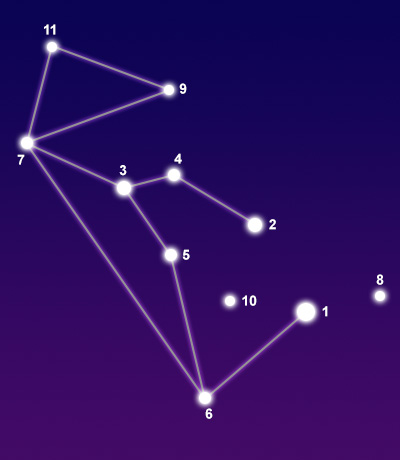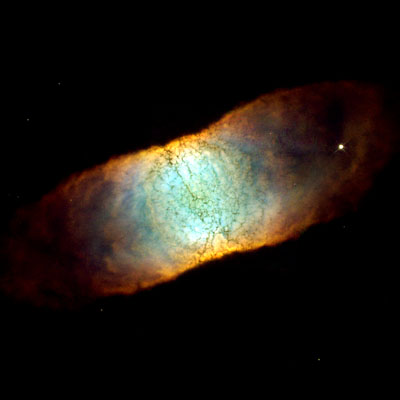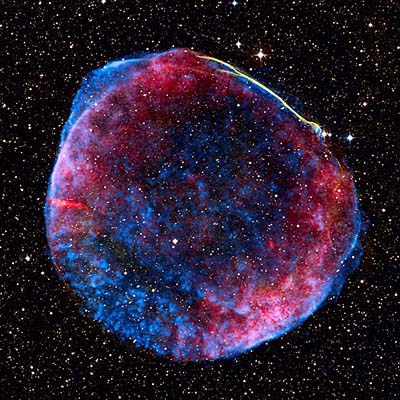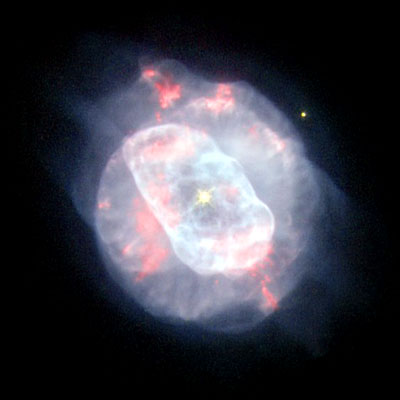Pronunciation:
(LOO-pus)Abbreviation:
LupGenitive:
LupiRight Ascension:
15 hoursDeclination:
-45 degreesArea in Square Degrees:
334Crosses Meridian:
9 PM, June 20Visible Between Latitudes:
35 and -90 degreesThe constellation Lupus, the wolf, is located in the southern hemisphere of the sky. It is best seen in the northern hemisphere in June and is completely visible at latitudes between 35 degrees and -90 degrees. Lupus is a mid-sized constellation filling 334 square degrees of the sky. It ranks 46th in size among the 88 constellations of the night sky. It is bordered by the constellations Hydra, Scorpius, Norma, Circinus, Libra, and Centaurus. It is sometimes confused with the constellation Lepus, the rabbit.
Lupus is one of the 48 constellations first identified by the Greek astronomer Ptolemy in the second century. Its name means “the wolf” in Latin. Even though it is one of the older constellations, it is not associated with any mythology. The stars that make up this constellation were originally part of the constellation Centaurus. They represented an animal that had been killed by the centaur. The stars of Lupus was separated from Centaurus by the Greek astronomer Hipparchus in the third century BC. No particular animal was associated with it at the time. The ancient Greeks knew it as Therium, a wild animal. The Romans called it Bestia, the beast. A later Latin translation of Ptolemy’s work finally identified it as a wolf.

points of interest below © Sea and Sky

© Torsten Bronger CC BY-SA 3.0
Kekouan
Gamma Lupi
Delta Lupi
Epsilon Lupi
Zeta Lupi
Eta Lupi
Iota Lupi
Phi-1 Lupi
Pi Lupi
Chi Lupi
"Imperial Guards"
N/A
N/A
N/A
N/A
N/A
N/A
N/A
N/A
N/A
Blue-White Giant Star
Blue-White Subgiant Star
Blue-White Subgiant Star
Multiple Star System
Yellow Giant Star
Blue-White Subgiant Star
Blue-White Subgiant Star
Red Giant Star
Binary Star System
Binary Star System
2.68
2.77
3.22
3.41
3.41
3.41
3.54
3.57
3.89
3.96
Lupus contains three stars brighter than magnitude 3. All three of these are blue-white giant stars. The brightest of these is Men with a visual magnitude of 2.30. It is ten times more massive than the Sun and is 25,000 times brighter. It is located about 460 light years from Earth. Kekouan is the second brightest star with a magnitude of 2.68. It lies approximately 383 light years away. Gamma Lupi is the third brightest star with a magnitude of 2.77. It lies some 420 light years from our solar system.
Lupus contains no Messier objects but it does contain a few notable deep-sky objects. NGC 5986 is a globular star cluster that contains thousands of individual stars. It is located approximately 33,900 light years from Earth. The Retina Nebula is a planetary nebula with a rainbow of colors. It is a donut-shaped nebula seen from the side. SN 1006 is a planetary nebula formed by a bright supernova that occurred in the year 1006 AD. NGC 5882 is another planetary nebula with delicate wisps of pink and blue gas. These objects are extremely dim and can only be seen in large telescopes.

the Hubble Space Telescope

seen by the Hubble Space Telescope

the Hubble Space Telescope

the Hubble Space Telescope



